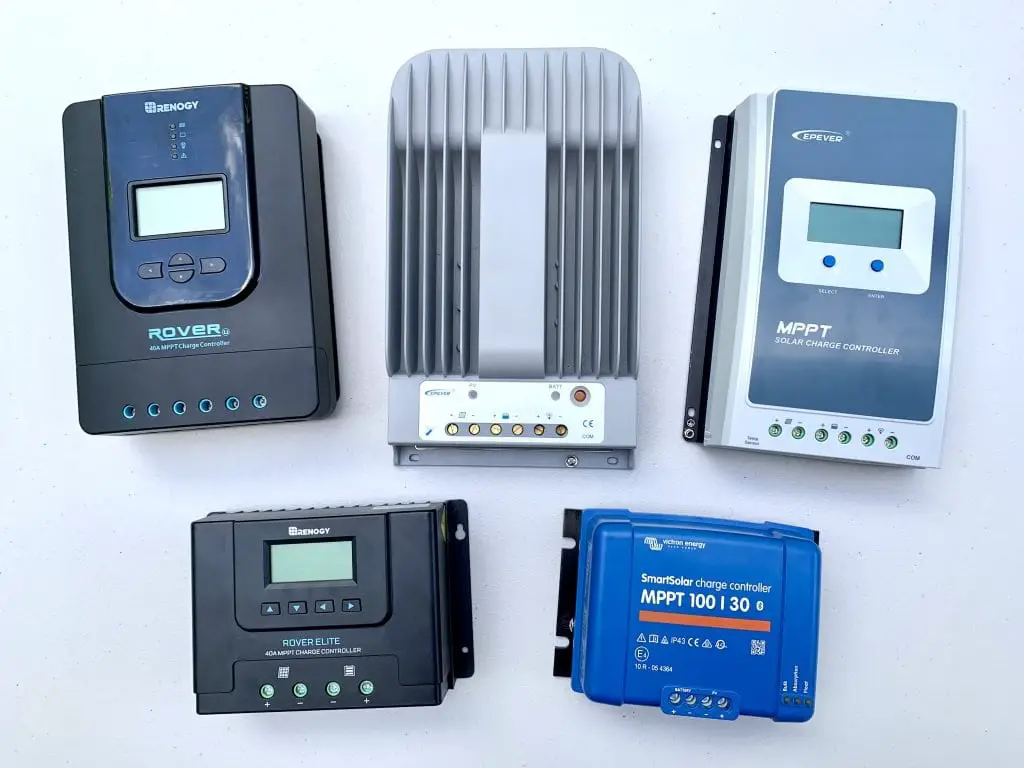The maximum input voltage of a solar charge controller refers to the highest voltage it can handle from the solar panels.
Exceeding this voltage can damage the controller and potentially other components in the system.
This maximum voltage is determined by the controller’s design and can vary significantly between different models and manufacturers.
Typically, the max input voltage is higher than the nominal voltage of the batteries the system is designed to charge.
For example, a 12V charge controller might have a maximum input voltage of around 20 to 50 volts, but this can be much higher for controllers designed for 24V, 48V systems, or more.
The MPPT charge controller usually accepts a top input voltage of around 150 volts.
However, bigger versions can handle up to 200 volts or as much as 600 volts.
For PWM charge controllers, the highest input voltage they can take is usually between 50 to 100 volts.
Smaller solar controllers, especially those rated below 60 amps, commonly have a 50-volt limit.
But for larger PWM models, specifically 60A and 80A designed for 48V systems, the threshold can reach up to 100 volts.
It’s important to choose a charge controller that has a suitable maximum input voltage for the solar panels you’re using.
Solar panels can produce higher voltages under certain conditions, so having a charge controller with a maximum input voltage rating higher than the maximum power point voltage of your solar array is crucial for system safety and longevity.








